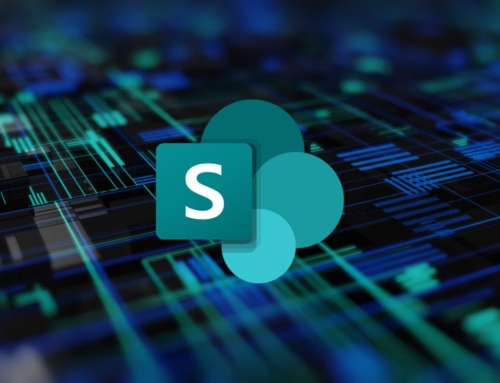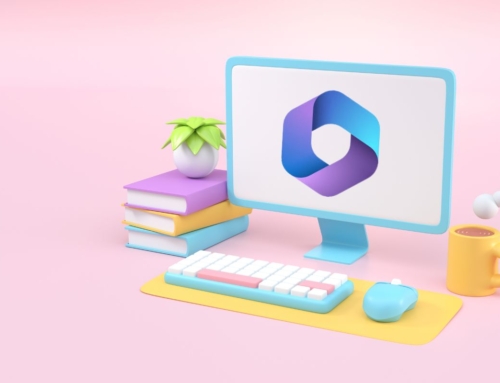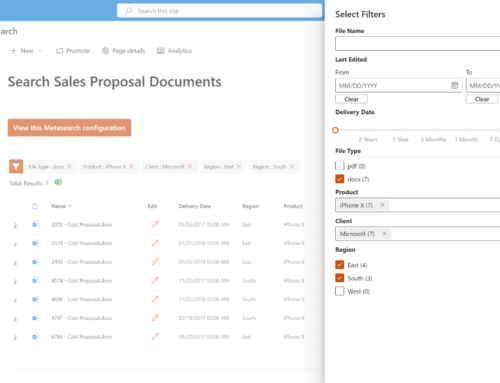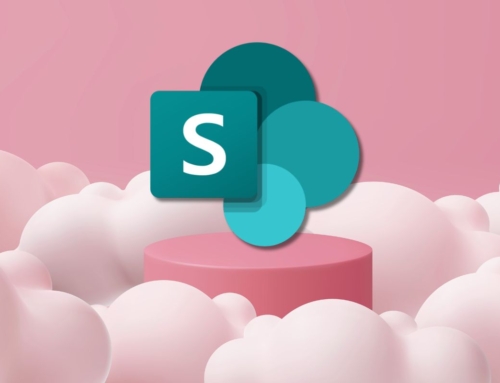The Second Key Element: Design
Welcome to the second post in this Four Key Elements of a Successful Project series. Our initial post introduced Compass 365 and gave an overview of our four key elements of effective project planning. That post, Finding Your Direction, went into detail on the first element: Initiation and Assessment.
The next key element is Design.
The word design means many things. Officially, it is the creation of a plan or convention for the construction of an object or a system (as in architectural blueprints, engineering drawings, business processes, circuit diagrams, and sewing patterns). At Compass 365 it is how we plan our projects and creatively think through a process of “how will this work” with our clients.
The design gives us a blueprint or map to follow that we create collectively. Like our hiker from the first blog, it can be lovely to wander without a plan, however being able to check your map for your journey keeps you on track and on time. And hopefully not stuck with a problem or in a torrential rainstorm.
The Design phase gives us an idea of how the system will look and work, via wireframes, mockups, drawings, diagrams, and partially configured software. The design meetings show stakeholders options and outline the decisions they need to make about what the solution will ultimately look like.
Throughout all phases, we act as the guide, calling back to the client’s objectives and pointing out pros and cons as they relate to their business requirements.
We sometimes need to remind businesses of their own priorities – excitement, scope, and innovation all happen here in the design phase. We are the gatekeeper to keep businesses on track, which often includes reminding them why they started the project in the first place.
How do we do this? We exercise their imagination. The design process includes all the primary players and establishes the storytelling thread, using the client’s story to show what they do best. This is where we learn about them as individuals. We find out who they are as well as what they need.
Who are the players? Usually a mix of business owners, directors, day-to-day users of the solution, and IT management.
In the design phase, we use these discussions to map requirements into the technology. We iterate in a series of process design review meetings, capturing design specifications in Word or PowerPoint, documenting all decisions, out of the box configurations, custom components, and assets that the company needs to prepare for both graphics and content.
We do not tell our clients what their design should be. We work collaboratively to help them choose the design that will best serve them. Ultimately clients guide and confirm the design because they will use it every day. We also talk about whether to use third-party products. As their guide, we show our clients what these products look like and if they are necessary. We bring ideas from our years of experience and depth of knowledge in our industry, Microsoft 365 and other technologies that help them innovate.
Many of our clients like to hear what other companies are doing. We use our expertise to give examples and guidance based on what has or hasn’t worked for others and trends in the industry, helping us understand what decisions they need to make.
Throughout the process, we always want to know the value of what they are implementing. Everything is customized, so knowing how much value a feature or functionality offers is critical. We need to save users time and money every day, but it’s not just a numbers game; extra cost sometimes brings high value. “Nice to haves” should be looked at as value vs money, including costs from customization and implementation. Value is always the guiding principle.
A few examples projects and project areas and how we approach the design phase:
Intranet: We usually see a tech director, HR, Comms, Marketing, and other business divisions engaged in designing the intranet. We look at what has existed in the past and architecture if one has been in place. For net new intranets we talk through examples of common set-ups based on our work with other clients and industry standards.
Forms and workflow: For this type of project, for example the business unit that might own the process could be the shipping and receiving dept and also clerks involved who do the actual processes, and those that submit the shipping and receiving requests.
Brand look and feel: Brand look and feel depends on the scope of the project and is a big part of the value discussion for intranet and portal projects. We approach from two different directions: implementing elements of the client’s brand, logo, and color palette with out of the box features, or going the custom route. We talk about cost and control over every pixel of the design because cost and time to roll out are important. In many cases, customers choose the out of the box approach, taking the SharePoint native route. When customers want tight control over branding, we will work with our partner, Akumina with an alternative interface that offers extensive control and customization of the intranet look-and-feel.
Budget
We always advise leaving room in the budget for design flexibility. We begin the assessment and design with a “not to exceed” budget, leaving the next phase as a “rough order of magnitude” or “ROM” budget, to give wiggle room for changes and design decisions. You do not always know everything you need and how much it will cost to implement when envisioning the project. Once we get the initial design input, we re-estimate the phases and use the client’s design decisions to create that not to exceed number.
Business objectives come in many different forms. In making design decisions, we sometimes find we could automate something within the solution to better meet the organization’s needs, improve functionality, or save time and money. Budgets should take into account functionality needs, go-live deadlines, mandatory features, and replacement processes. Supporting the client’s objectives is no cookie-cutter endeavor. We prioritize and address the client’s needs and must haves, and also look at the “what ifs” and put pins in them to revisit as needed.
Best practices
Working with Compass 365 is a conversation and a collaboration. Having a good mix of engaged stakeholders, decision-making capability, and a vision of what the client wants to accomplish are key. We want all key stakeholders attending the meetings, capturing all decisions and iterations of the design in real time. This is a collaboration; we do the heavy lifting, but we engage heavily with our clients. The more input we all put into the solution; the more likely employees will adopt it. The same team we ask to test the product should be helping with the design.
Not only does this create a better product, but having stakeholders invest in the design phase prevents resistance later. Questions like, “what is this” “why didn’t anyone ask me” are raised now, not as the system is rolling out.
Design sign off
When the design phase ends, the design specifications must be fully signed off. We document all decisions that have been made and send final version of prototypes for review. We have one meeting to review, making sure all stakeholders have seen and approved all final versions, especially if the project is complicated or has multiple of stakeholders. The final sign off is usually done via email after our review meeting with our client.
The design phase officially ends when the client accepts the design specification and we get ready to implement the system.
Stay tuned for the next phase in The Four Key Elements of a Successful Project: Development.









